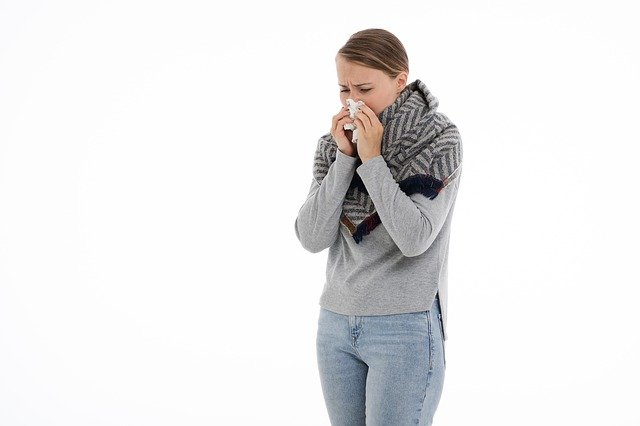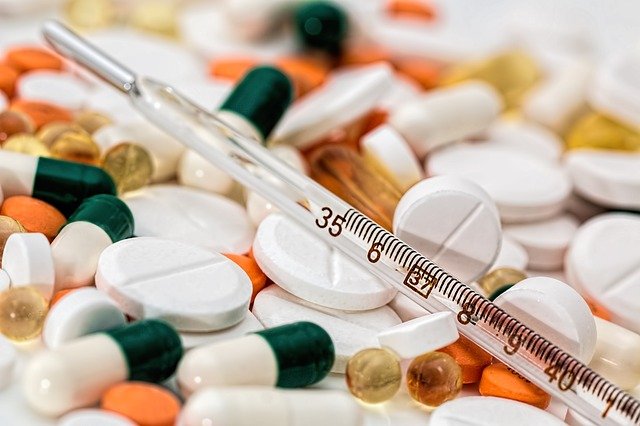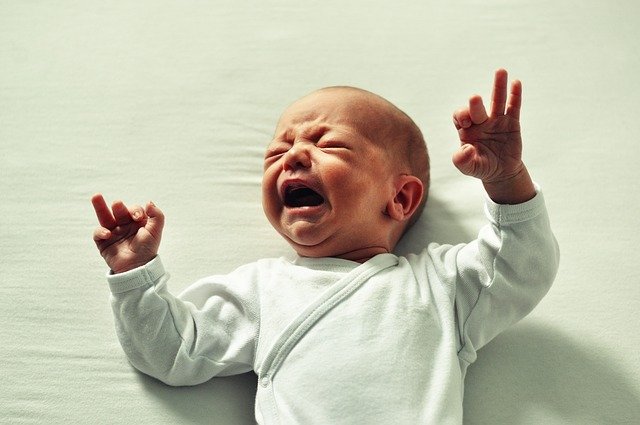Fever accompanies many of our infections, but the slightest flare sometimes leaves us clueless. Here are the questions to ask yourself when your temperature or that of your child reaches 38, 39, 40 ° C …
Summary
- Is a disease more serious if it is accompanied by fever?
- Below 39 ° C, should you worry?
- Who are the most exposed?
- Which fever medicine to use?
- What to do when a baby is hot?
- When to go emergency room?
Normal body temperature fluctuates between 36° C and 37.2° C depending on the person, the female cycle (it rises with ovulation) and the time of day (it climbs in the evening).
There is talk of fever from 38° C . Most of the time, it is caused by a viral, bacterial or parasitic infection. But it can also be caused by other diseases – inflammatory, tumor -, hyperthyroidism or, simply, by intense exercise or heat stroke .
Is a disease more serious if it is accompanied by fever?
Fever translates into a defense mechanism in our body . This “increases the” thermostat “in the brain to prevent the multiplication of microbes and thus help white blood cells to fight against infection”, says experts. This is why it should not necessarily be dropped.
If it reflects a good immune system, this reaction can also be a warning signal.
Below 39° C, should you worry?
Doctors consider that there is nothing to worry about, as long as the temperature does not exceed 38.5 ° C.

However, beyond 48 hours, an abnormally high temperature requires consultation.
“A urinary tract infection is common in young women, but if it is accompanied by a slight fever, it can translate into more serious kidney damage ,” warns experts.
Who are the most exposed?
Below 40° C, fever does not threaten a healthy young person.
But, above 38° C, the most fragile people must seek medical advice without delay. First of all are concerned:
- Children under one year of age;
- The elderly who get dehydrated very quickly;
- Pregnant women ;
- Patients suffering from chronic illness (diabetes, cardiac or respiratory disorders);
- People on immunosuppressive drugs, after a transplant, for example.
Methods for taking temperature
- With a digital electronic thermometer with flexible tip rectally: this is the reference method because the most precise.
- With an electronic thermometer by mouth or under the arm: the setting time is longer and it is necessary to add +0.5 ° C to the result because frequent risk of underestimation of the temperature.
- With an infrared thermometer in the ear or on the forehead: it is imperative to aim well, which requires repeating the measurement several times. Advantage: a very fast setting time.
Which fever medicine to use?
To lower the fever, paracetamol must always be taken as a first intention, because it has the fewest side effects:
- In adults: the maximum recommended dose is 4 g per day, to be divided between 4 doses;
- Children: 60 mg / kg / day, to be divided into 4 or 6 doses, or approximately 15 mg / kg every 6 hours (minimum delay of 4 hours between 2 doses).
In case of contraindication to paracetamol , the use of an NSAID (non-steroidal anti-inflammatory drug) is possible: ibuprofen (in children over 3 months) and ketoprofen (in children over 6 months) month). In children, taking an NSAID should be done after medical advice.
Aspirin and all other NSAIDs are contraindicated in pregnant women from the sixth month of pregnancy. NSAIDs are to be avoided in case of chickenpox .
It is also contraindicated to combine several treatments.
Whatever the antipyretic treatment used, respect the doses and the dosing intervals indicated on the leaflet. Do not extend the treatment beyond three days without medical advice.
What to do when a baby is hot?
A warm bath , 2° C below body temperature, has long been recommended to avoid seizures in babies . But these crises affect less than 5% of toddlers, and this parade is now considered too brutal and is now not recommended .
To lower the fever and relieve the baby, three simple measures, to be associated with a drug treatment, are recommended:
- Do not cover the child too much,
- Make him drink regularly,
- Do not increase the temperature of the room.
The paracetamol is the only drug recommended as first choice in a small-all. Use as monotherapy (without other drugs) for 24 hours. If symptoms and discomfort persist, a new medical opinion is imperative.
When to go to the emergency room?
However, the baby must be taken to the emergency room:
- If the baby is less than 3 months old;
- If he convulses for the first time;
- He has difficulty breathing;
- If spots appear on his skin;
- If he looks down;
- Or if he cries without stopping.
ADDITIONAL READS :
Fitness with a friend: How to train with a partner for better results
Broccoli, A superfood everyone should eat.


